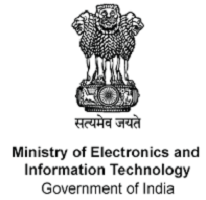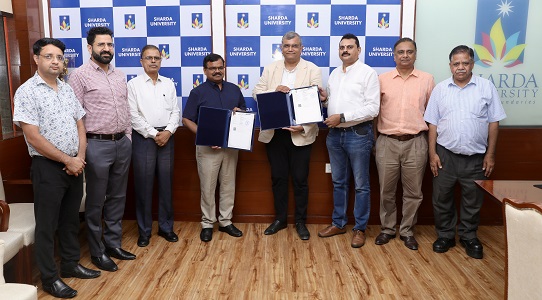India is making notable progress in the semiconductor industry, with the development of a cutting-edge facility in Morigaon, Assam, led by Tata Semiconductor Assembly and Test Pvt Ltd (TSAT). This landmark project, representing an investment of ₹27,000 crore, underscores the nation’s ambition to establish a self-reliant semiconductor ecosystem. Scheduled for completion by mid-2025, the facility is set to produce 48 million semiconductor chips daily, utilizing advanced packaging technologies such as flip-chip and Integrated System in Package (ISIP). These chips will support critical sectors like automotive, electric vehicles, telecommunications, and consumer electronics, serving both domestic and international markets.
Beyond its technological contributions, the Morigaon plant is expected to generate 15,000 direct and 11,000–13,000 indirect jobs, significantly bolstering the regional economy. Its integration into India’s semiconductor supply chain aligns with the nation’s vision to become a global semiconductor hub, enhancing its competitiveness in the global market.
The India Semiconductor Mission: Building a Self-Sufficient Ecosystem
India’s semiconductor market, valued at $38 billion in 2023, is projected to grow to $109 billion by 2030. To meet this rising demand and reduce import dependency, the Indian government launched the India Semiconductor Mission (ISM) under the broader Semicon India program in 2021. Backed by a financial outlay of ₹76,000 crore, this initiative aims to develop a comprehensive semiconductor and display ecosystem.
ISM works with global semiconductor experts and coordinates efforts across government, industry, and academia to efficiently deploy resources. The mission encompasses initiatives that go beyond fabrication facilities (fabs) to include Outsourced Semiconductor Assembly and Testing (OSATs), packaging, sensors, and display fabs.
Four key schemes drive the mission:
- Modified Scheme for Setting up Semiconductor Fabs
- Modified Scheme for Display Fabs
- Scheme for Compound Semiconductors, Silicon Photonics, Sensors, and Discrete Semiconductors
- Design Linked Incentive (DLI) Scheme
These initiatives aim to create an end-to-end semiconductor manufacturing ecosystem in India, spanning design, fabrication, testing, and assembly.
Expanding India’s Semiconductor Network
The Morigaon facility is part of a broader strategy that includes the establishment of semiconductor units nationwide. The Union Cabinet has approved additional projects, such as Tata Electronics’ facility in Dholera, Gujarat, and units by CG Power and Kaynes Semicon Pvt Ltd in Sanand, Gujarat. The modernization of the Semi-Conductor Laboratory in Mohali and schemes like the Scheme for Promotion of Manufacturing of Electronic Components and Semiconductors (SPECS) and the Production Linked Incentive (PLI) Scheme further strengthen India’s semiconductor foundation.
Global Impact and Economic Resilience
As global demand for semiconductors surges, India’s infrastructure is poised to drive innovation, create high-value jobs, and reduce dependence on imports. The Morigaon facility and other projects under the Semicon India program reinforce India’s aspirations for technological and economic self-reliance. With these efforts, India is well-positioned to emerge as a key player in the global semiconductor industry, contributing to the digital economy and enhancing its resilience against supply chain disruptions.





